
Landscape Shoot Plan


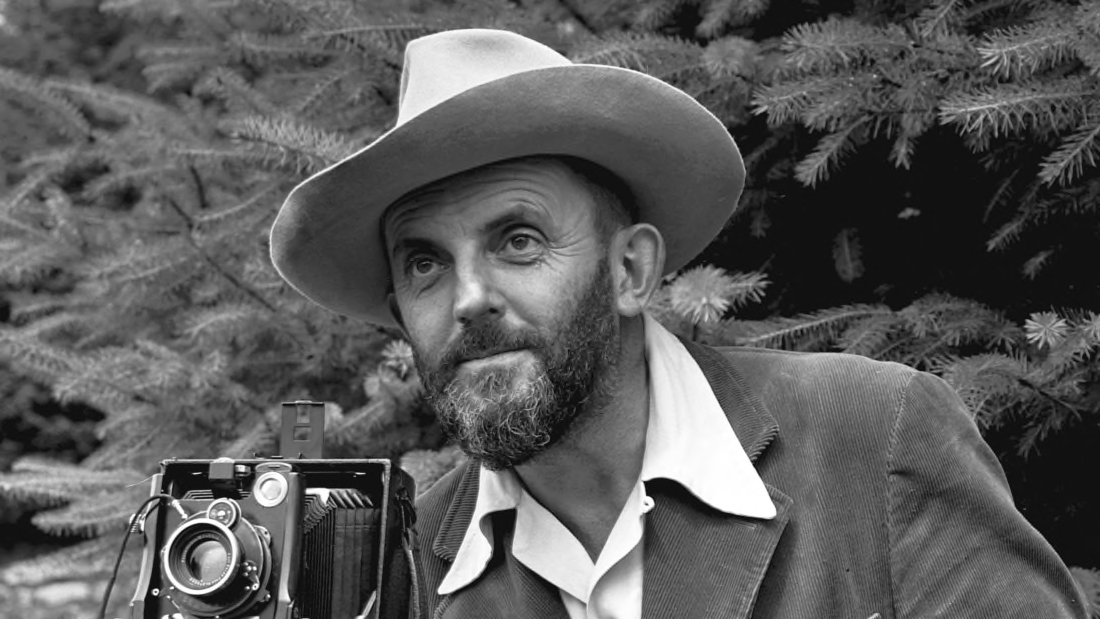
Ansel Adams was born in San Francisco, California in February 20, 1902. Initially, he was first drawn to landscape photography when going out to national parks where he decided that he wanted to capture the way he saw the beautiful landscapes and wanted others to be able to envision what he saw first hand .


At the time of which Adams was taking these images, there wasn’t the technology to allow for any sort of compact form and so he had to hike up mountains while carrying a multitude of heavy, bulky equipment just to capture his ideal/perfect image hence why Adams’ work is very famous to the present day as his work separates him from other photographers of the era due to his incredible attention to detail as well as the perseverance to capture them throughout his images.

Adams also created his own light grading system which provides much more depth in his images by creating different light levels in the photograph resulting in contrasts within the image as your eyes react to the different lights.

Don McCullin was a photographer’s assistant in the RAF during 1956. He failed the written theory test to become a photographer in the RAF and spent his service in the darkroom. This was when he bought his first camera for £30 but on returning to Britain he had to pawn it.
In 1958 he took a photograph of a London gang called The Guvnors in a bombed out building. He was encouraged by his colleges to submit his photo to The Observer and they published it. This began McCullin on his life of being a photographer.
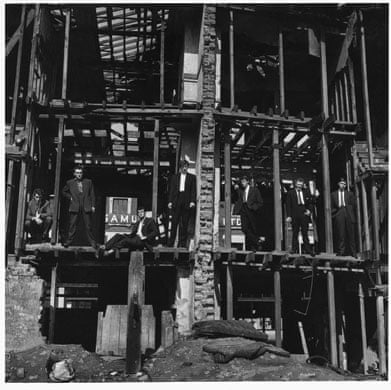
Between 1966 and 1984 he worked as a photographer overseas for Sunday Times recording catastrophes such as war and the victims of the Africa AIDS epidemic. His work in the Vietnam war is very well renowned and honored by many photographers.
In 1968 McCullin’s Nikon stopped a bullet intended for him but this did not effect his passion for recording in these dangerous areas. In 1982 the British Government refused to grant McCullin a press pass to cover the Falklands war claiming the boat was full. He believed it was because the Thatcher Government felt the images might be too disturbing politically. He was also invited to photograph The Beatles at the height of their fame which was an easier and more trendy assignment.

Later in his life McCullin has turned to Landscape photography. With much of work being presented in exhibitions throughout England. He was named as the ‘Photo London Master of Photography’ in 2016.
Quotes:
“Digital photography can be a totally lying experience – you can move what you want, the whole thing can’t be trusted really “
“I have risked my life endless times, and ended up in hospital with all kinds of burns and shell wounds. I have those reptile eyes that see behind and in front of me. I’m constantly trying to stay alive. I’m aware of warfare, of hidden mines.”

“Landscape photography shows spaces within the world, sometimes vast and unending, but other times microscopic. Landscape photographs typically capture the presence of nature but can also focus on man-made features or disturbances of landscapes. Landscape photography is done for a variety of reasons” – Wikipedia


Landscape photography explores places in the world that are usually seen as continuous and never ending by implementing sublime, detailed landscapes in conjunction with beautiful skies that set a mood with a phenomenon known as pathetic fallacy. Some photos may have dark, dull and high contrast skies made up of dark blues, grays and blacks to set a negative mood/tone, whereas others may be brighter and happier in tone with the implementation of natural sunlight, often being used at dawn or dusk when the light is less harsh and makes for cooler, more vivid colours with hints of yellow, orange, red, pinks and purples adding to the photos colour palatte. This makes it possible to tell stories through landscape photography, often having many underlying meanings for the observer to decipher.

Most of the time, this type of photography is meant to show the presents of nature, but it can also contain man-made features that have disturbed the nature such as city skylines.
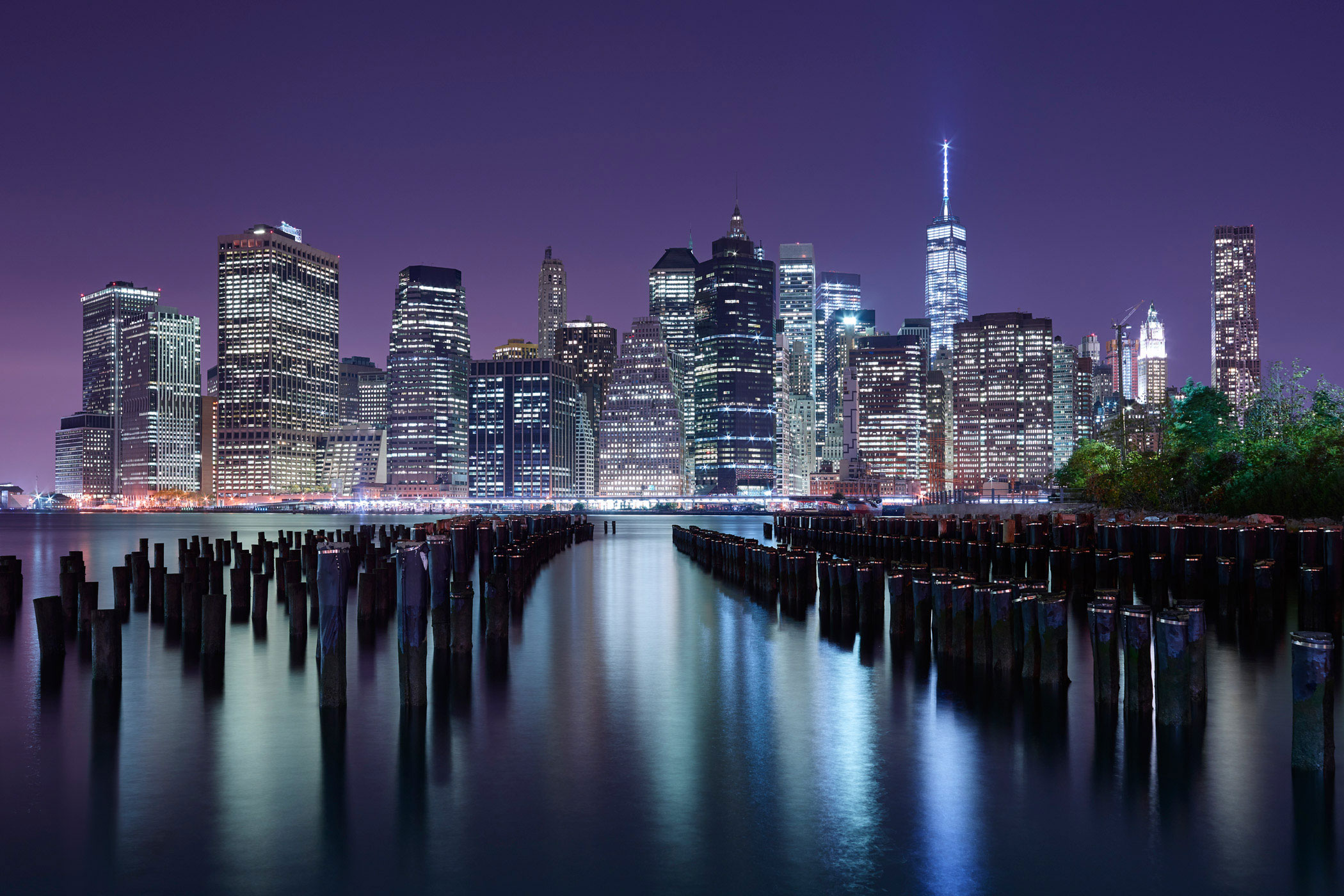
However, landscape photography doesn’t normally show much human movement and mostly focuses on the pure signs of nature and extreme weather. Photographers are inspired and challenged by the beauty of nature ever since the begging of the landscape photography up to this day.
The Romantic era was an artistic, musical and intellectual movement in Europe towards the end of the 18th century. Romantic era lasted approximately from 1800 to 1850. The movement of art/intelligence showed intense emotions such as terror and fear. All of those emotions were shown by the perfection and the beauty of nature.
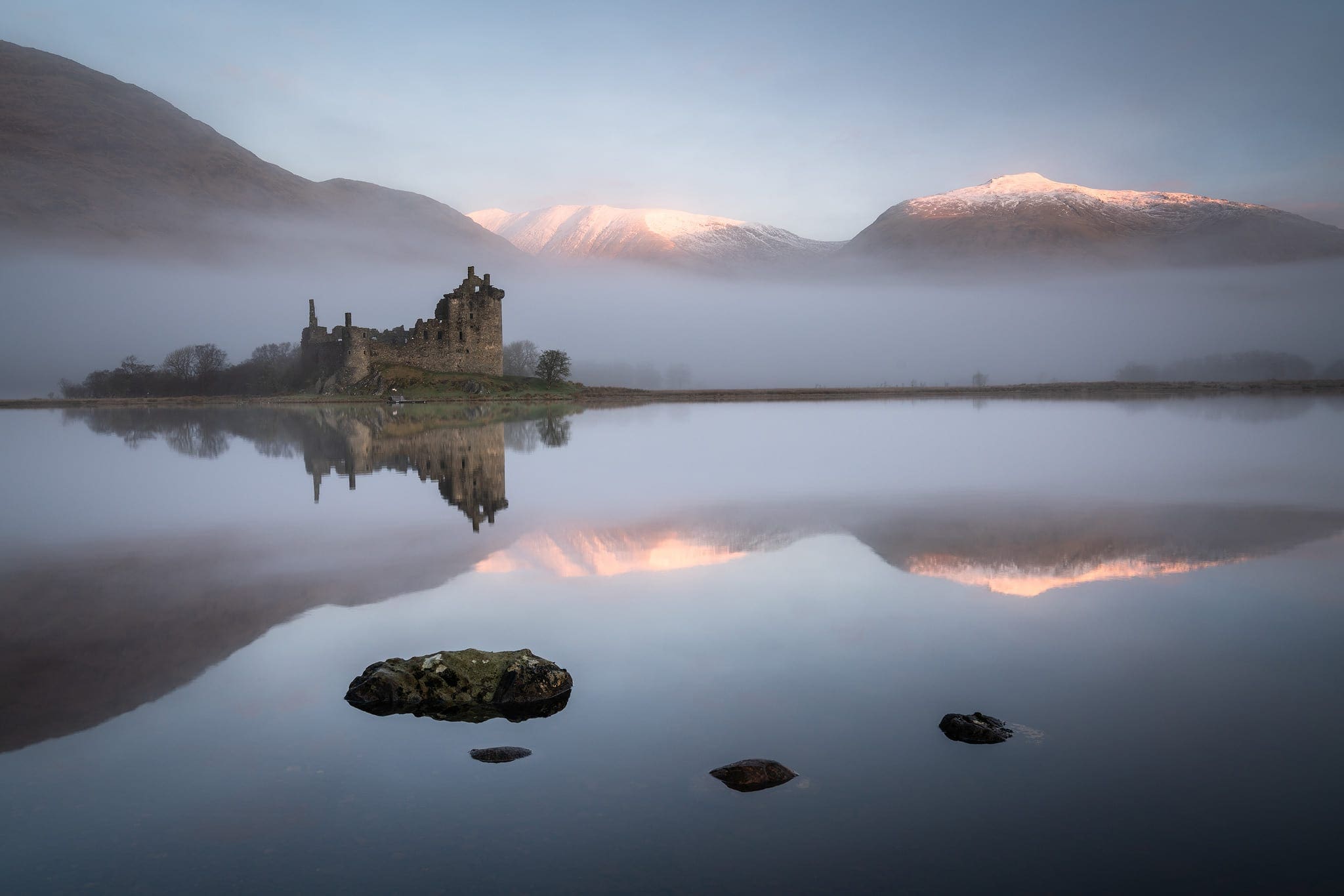

Ansel was born on the 20th February 1902, he died on the 22nd april 1984. He was an amazing photographer who based many photos on the american west. He helped create the group f/64. A group of photographers that preferred sharp focus and a range of tonal colors.
Landscape photography presents the worlds natural areas and open spaces, often from far away, but can close in on specific corners of an environment. They are typically used to display wildly natural scenes but can also include features of man-made structures
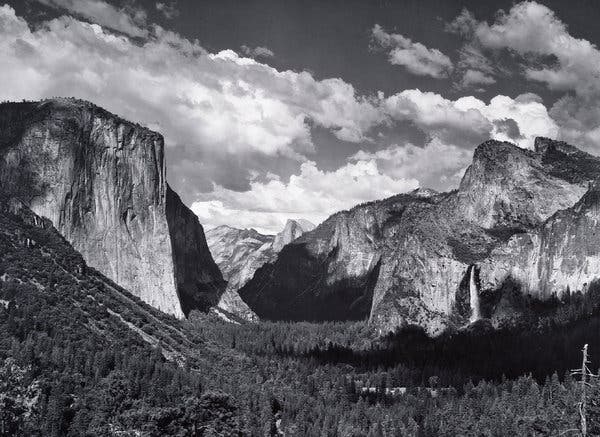
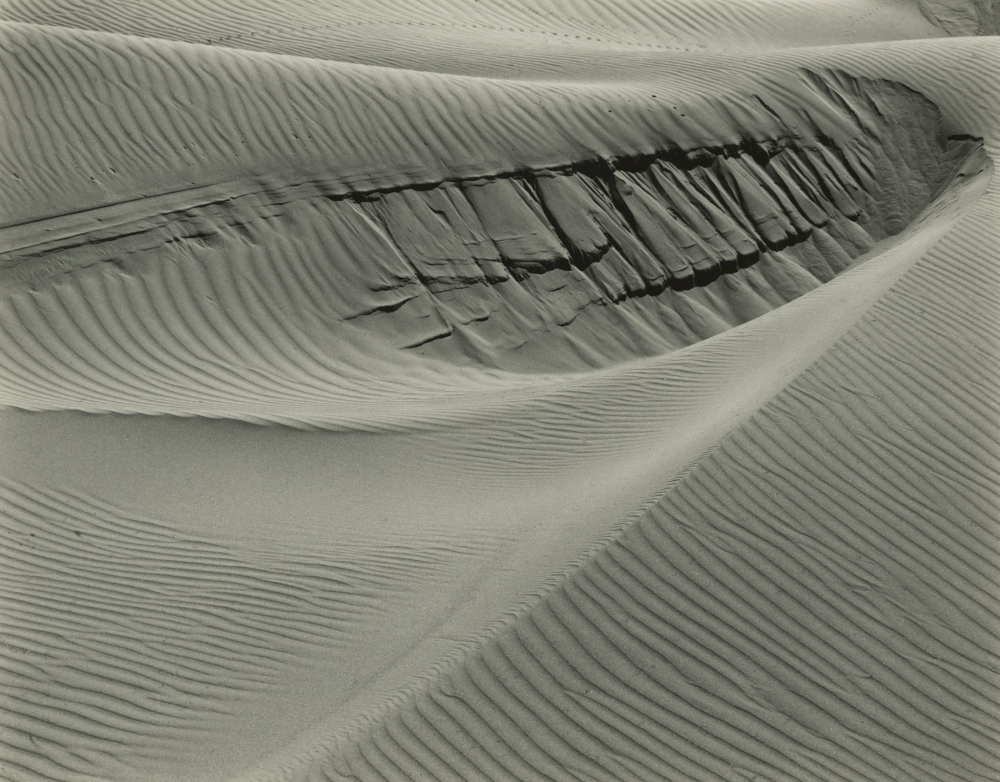


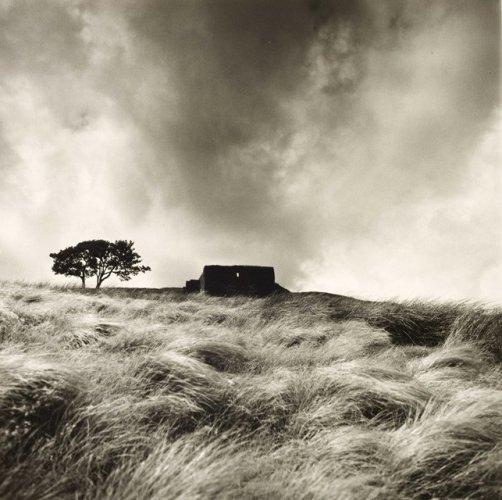
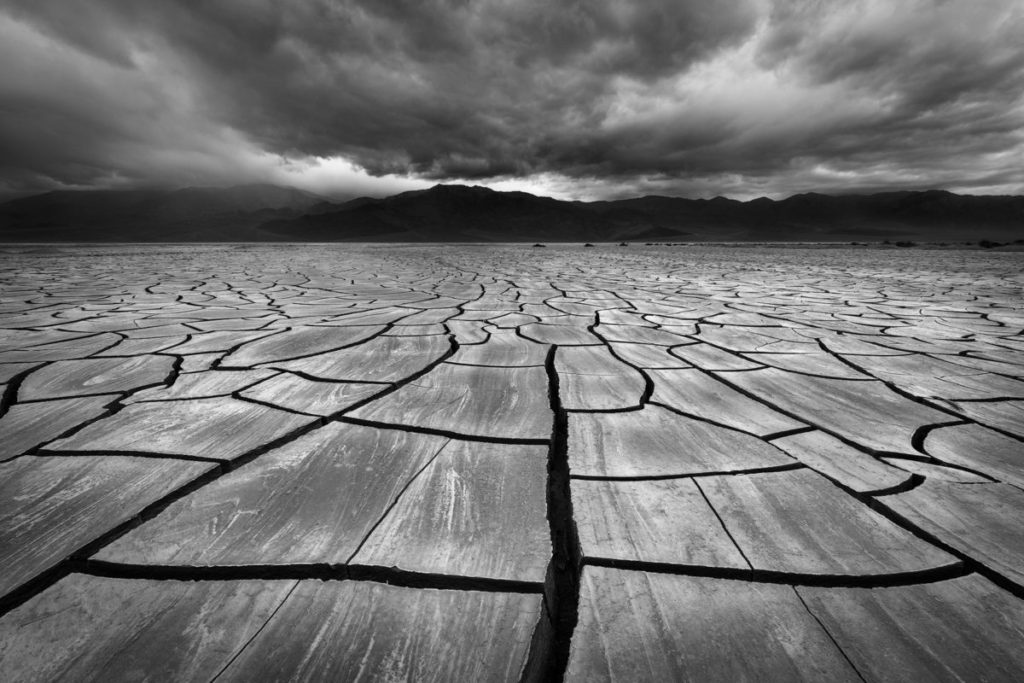
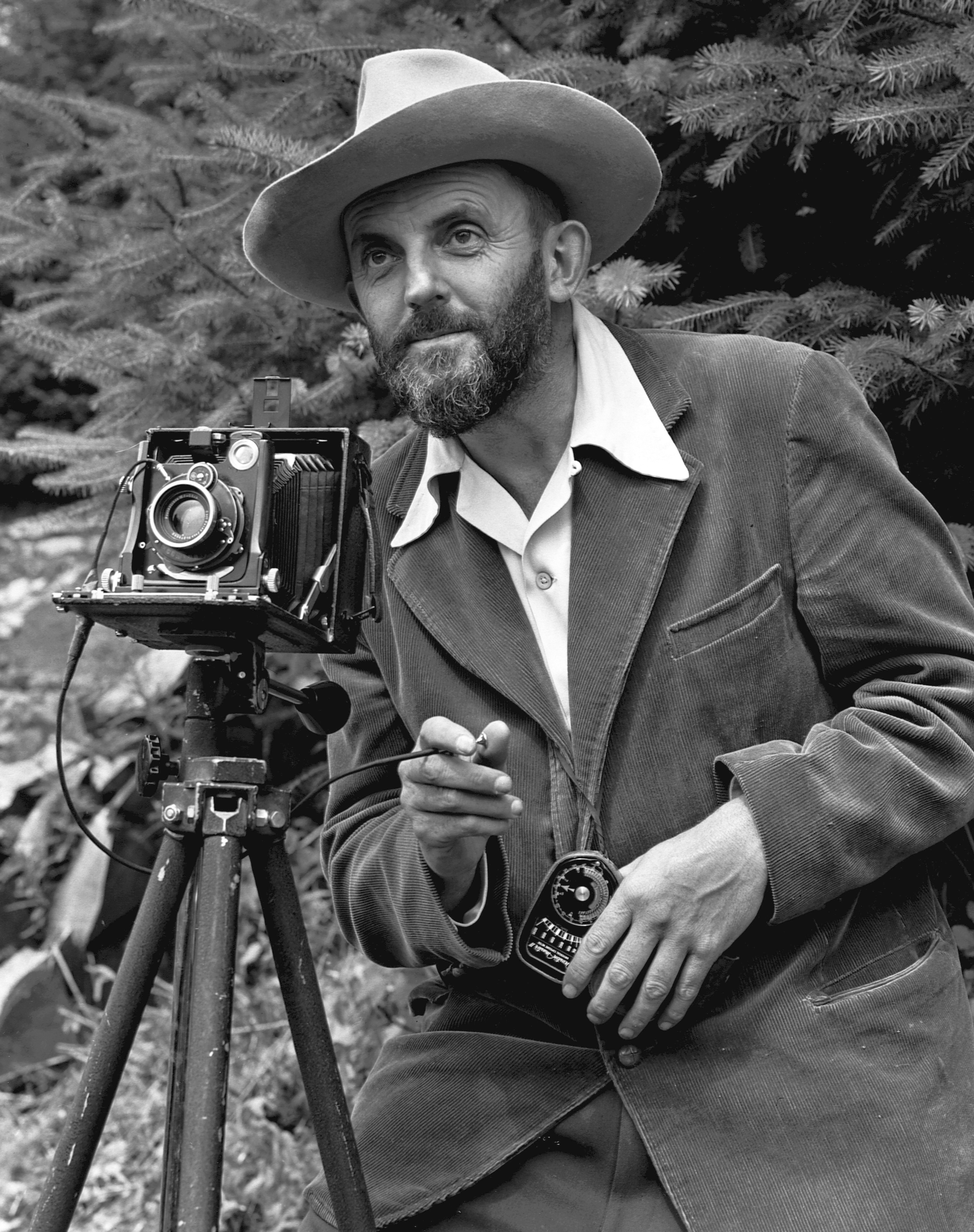
Ansel Adams was born on the 20th or February, 1902 in San Fransisco, California. He is one of the most important landscape photographers in the 20th century, creating iconic black and white photographs that established photography as a fine art. Adams particularly photographed the American west, focusing on Yosemite national park. As well as being a photographer, he was an environmental activist, and used his work to promote the conservation of wilderness areas.
Spending much of his time in the dark room, Adams pioneered in the zone system, where he would paint onto enlarger the areas on the photo he thought where lighter or darker. We refer to this as burning and dodging.
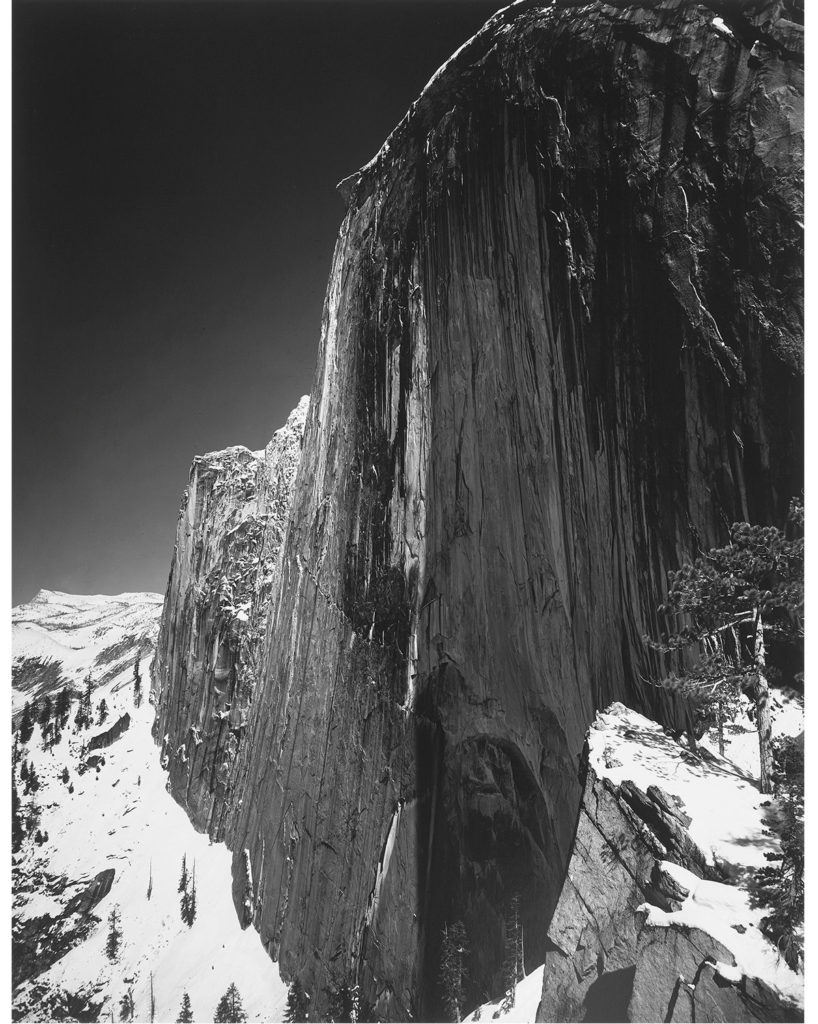
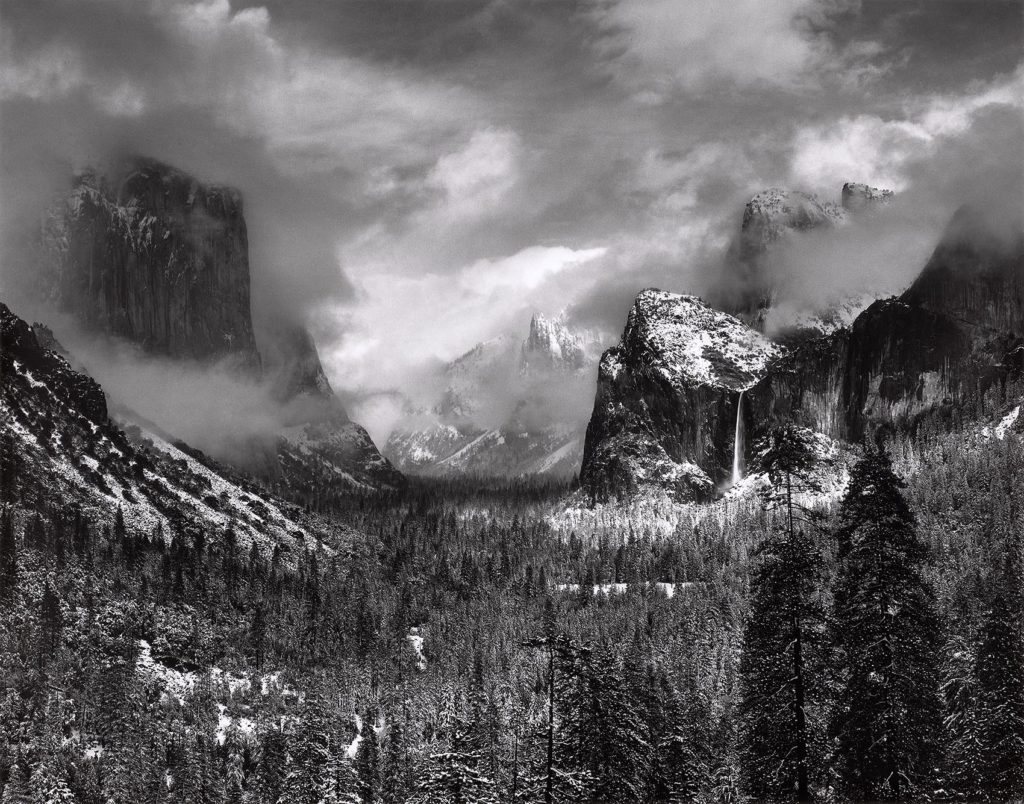
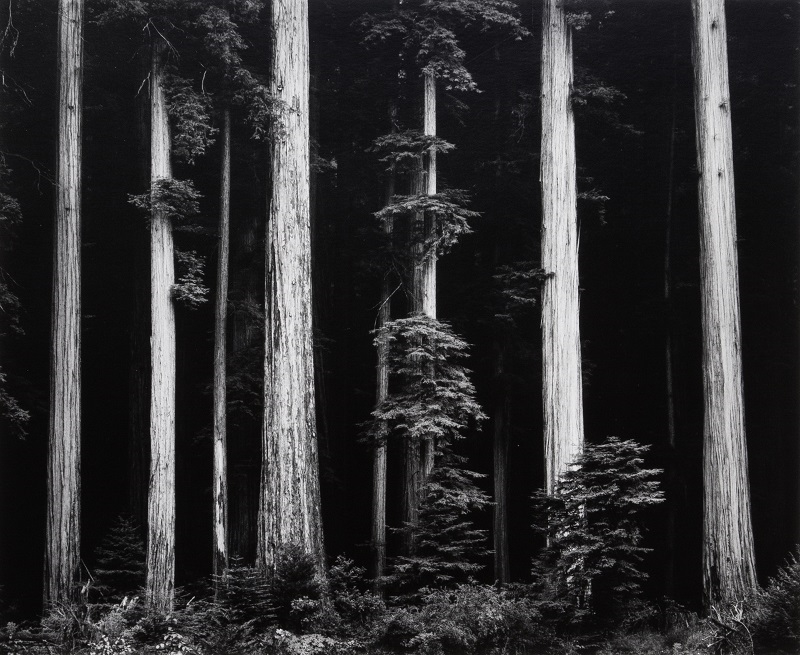
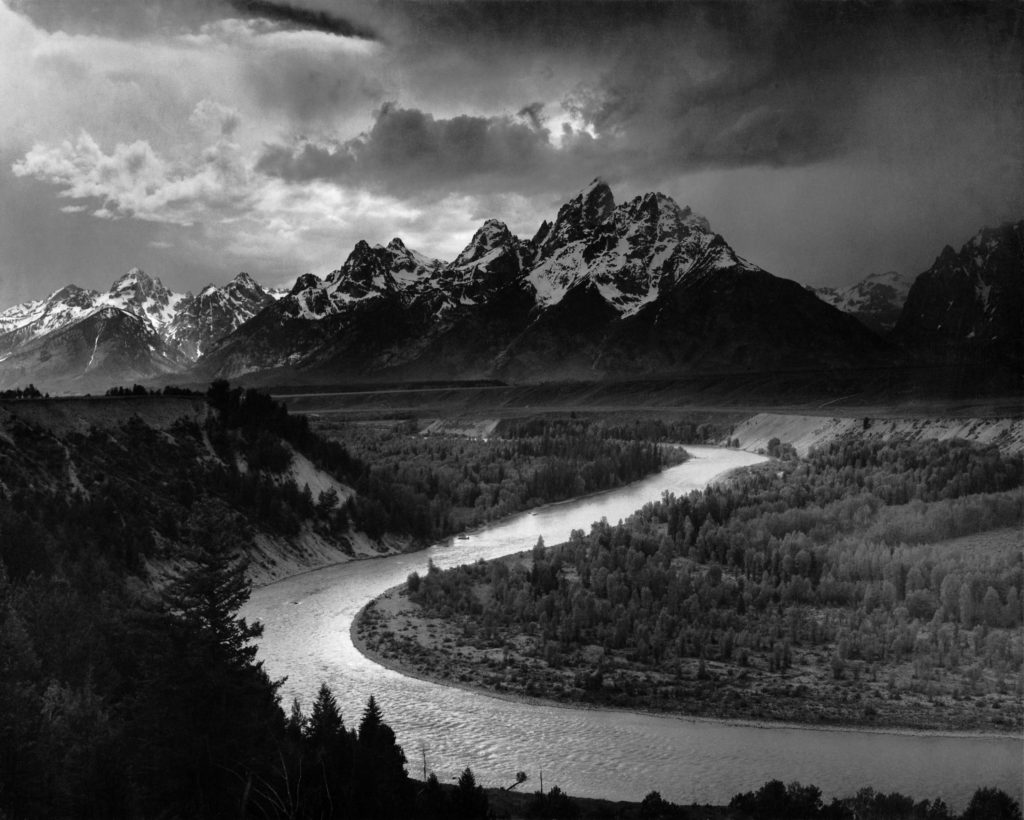
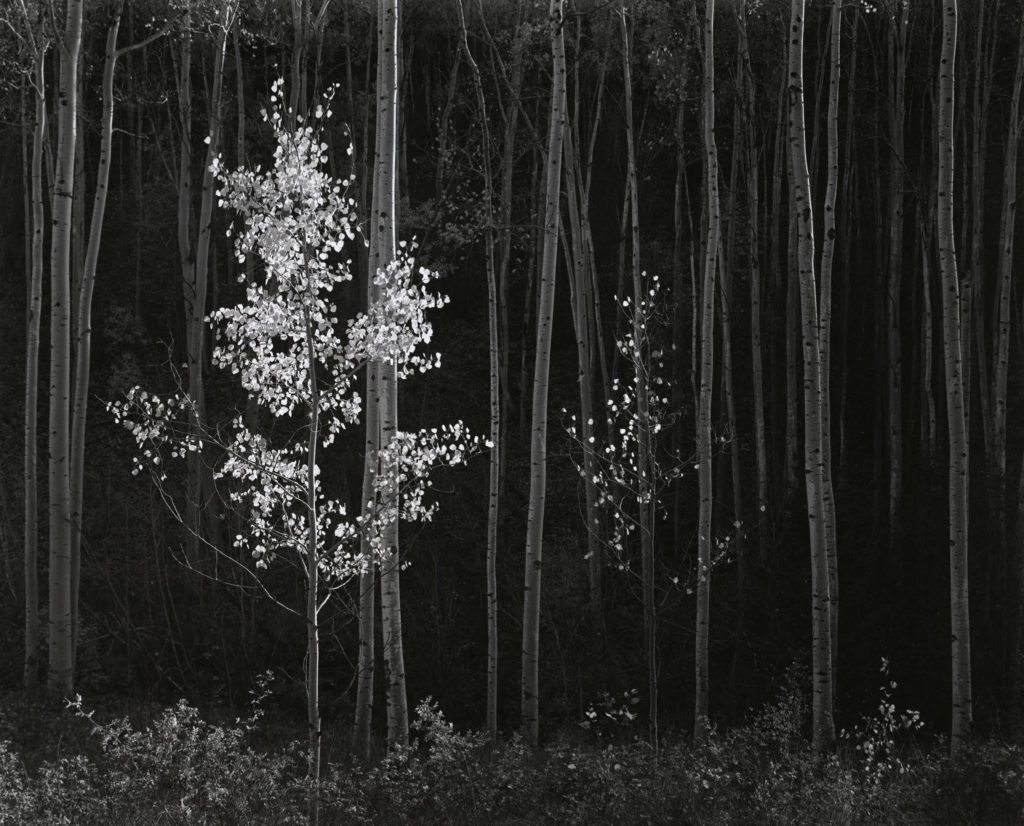
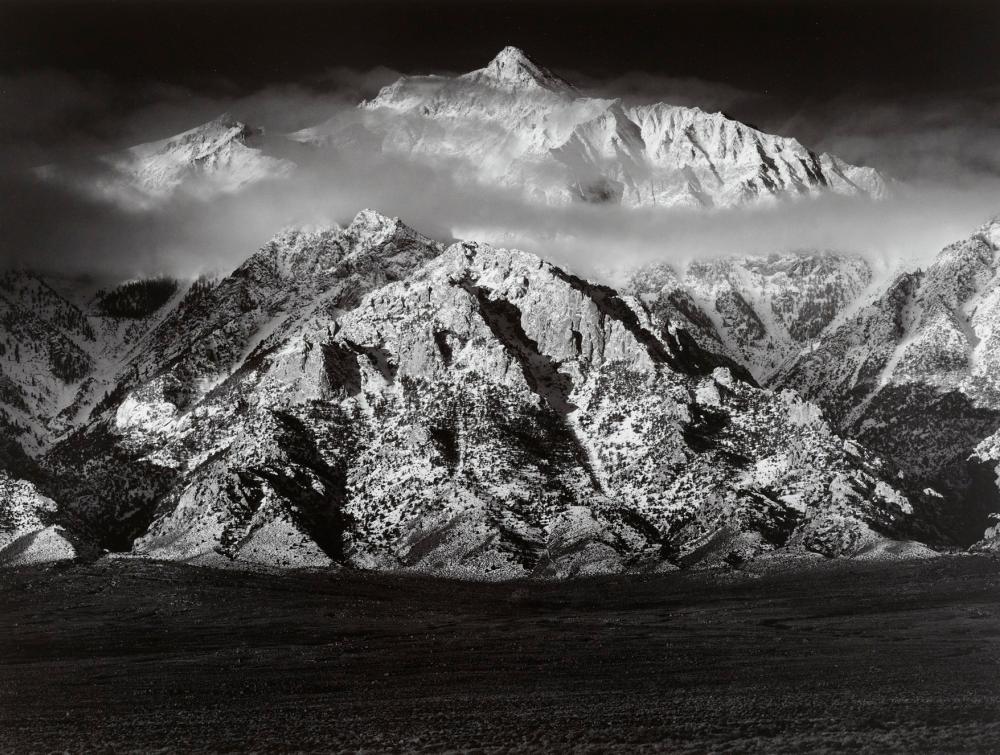
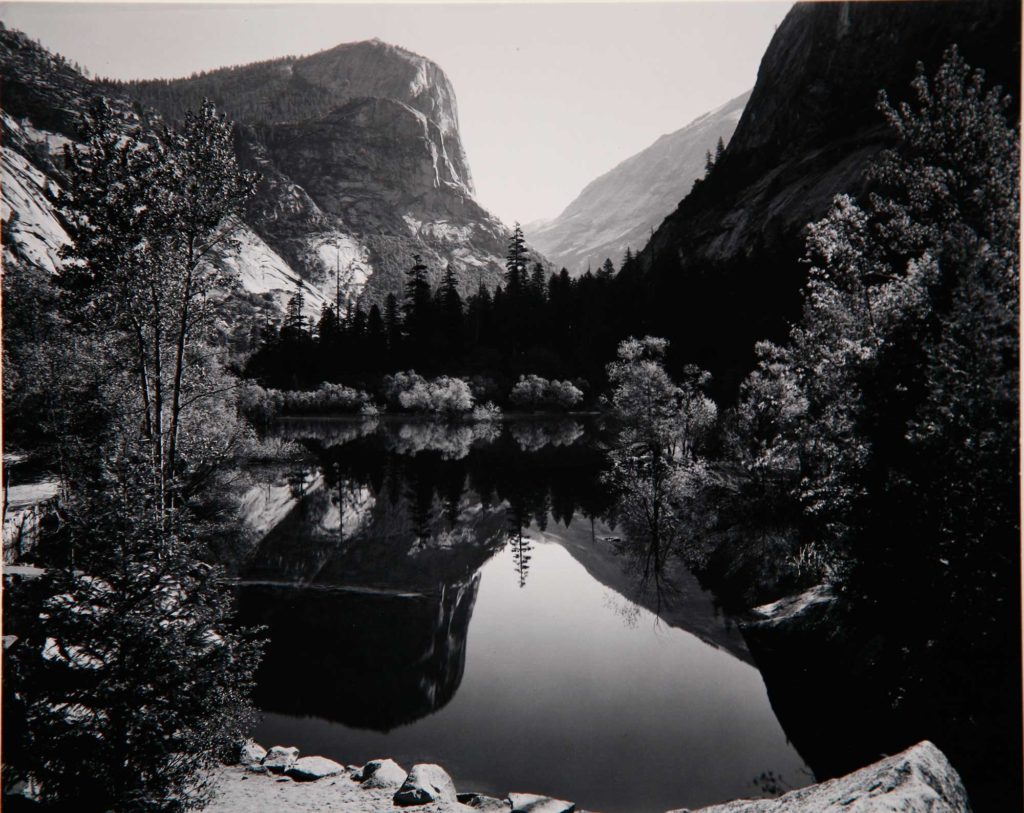
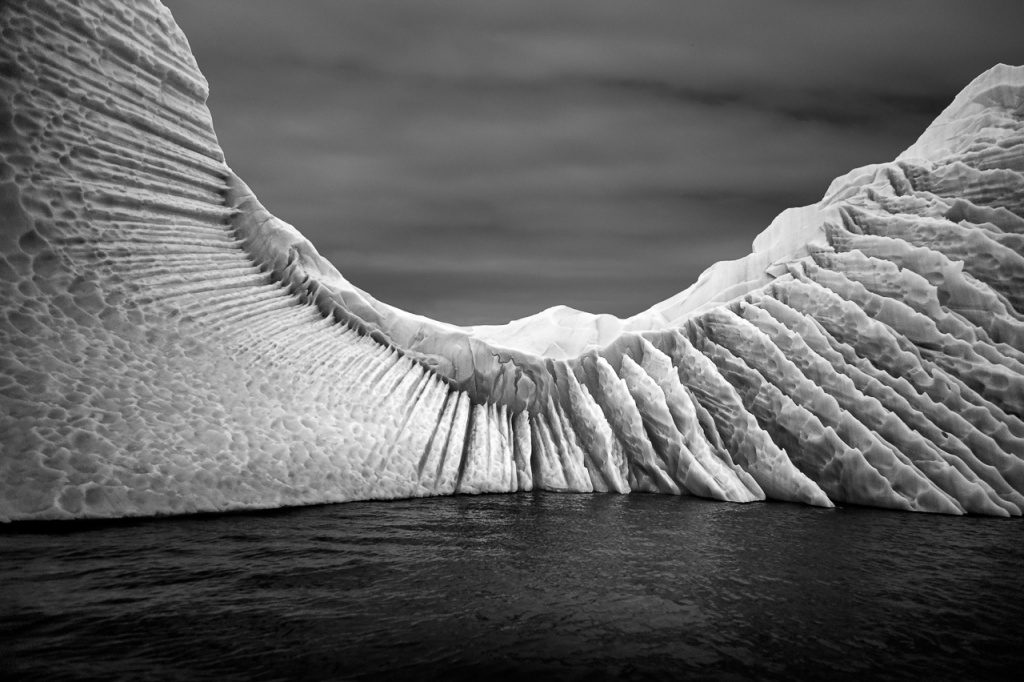
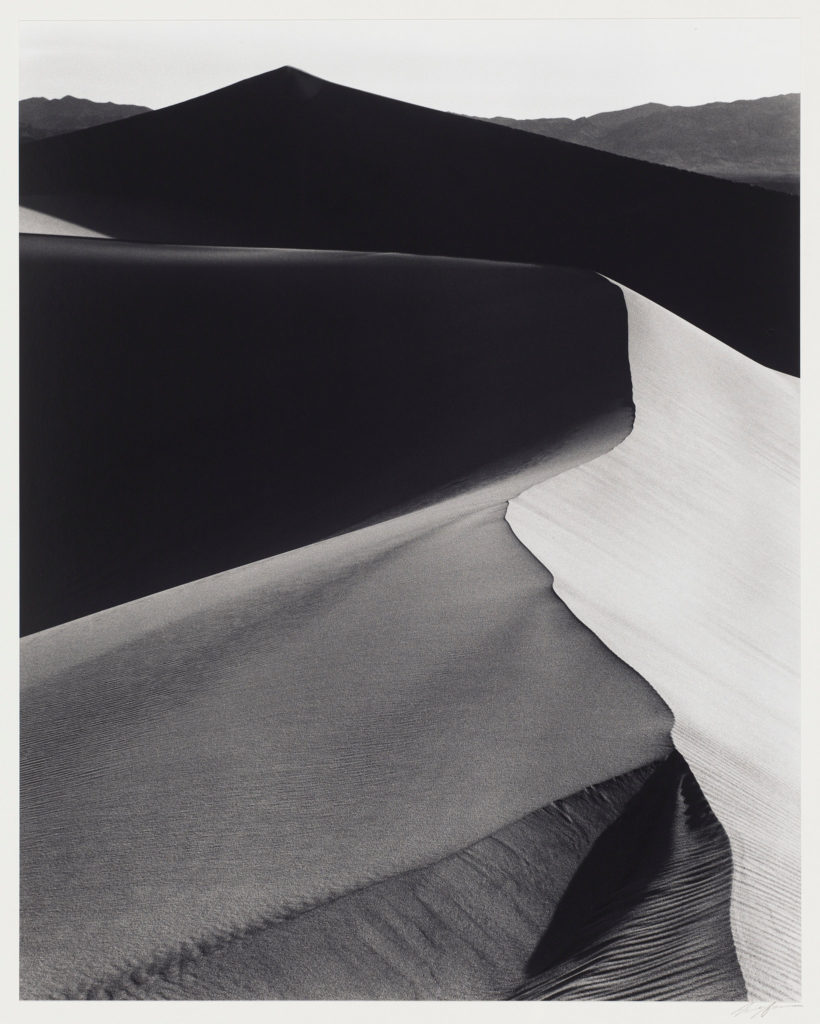
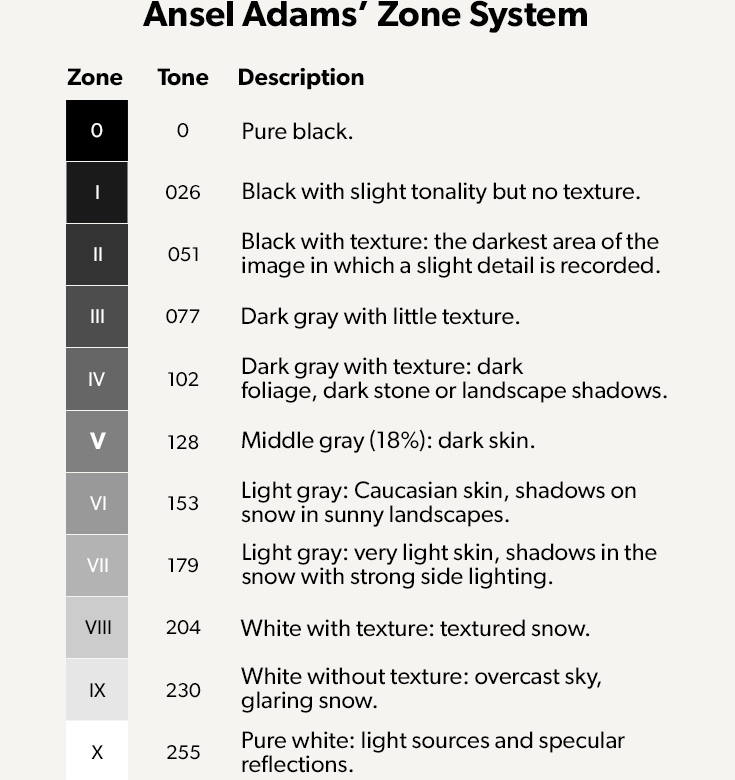
In the 1930s, Ansel Adams and Fred Archer created the Zone system, which is a standardised way of working that ensures a correct exposure in every situation.
It creates an extreme difference between light and shadow areas of a scene. Zones are split into 10, with a 1 stop difference between each one.
This helps you to construct a precise evaluation of your scene’s tones and dynamic range, even before taking a photograph. It also determines how exactly how far apart to take exposure bracketed shots.
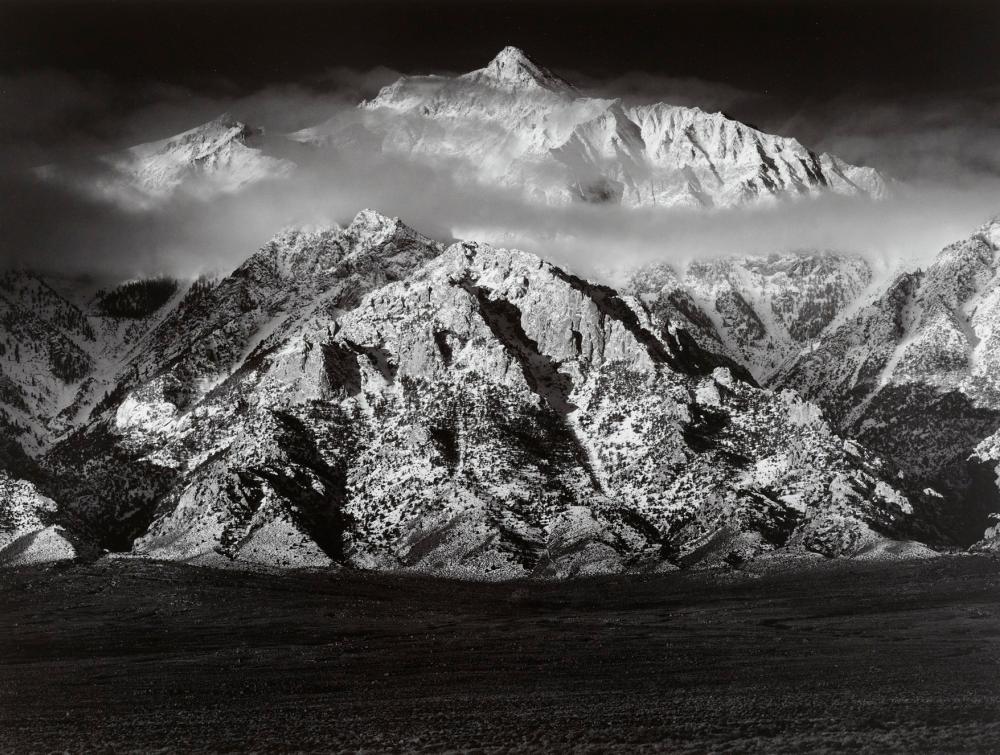
TECHNICAL:
The lighting of this image is generally quite dark, with highlights of the mountain illuminated by obvious daylight. You can see this lighting is natural, reflecting the focus of the photograph. The image looks generally underexposed, with a high contrast between the shadows in the crevices of the mountain and the highlights scattered along the jagged mountains.
The aperture of the photograph looks as if is around f/16 as there is a deeper depth of field. The shutter speed seems to be quite short, maybe 1/320 as the image seems to be underexposed and quite focused and sharp. However you can see that this image is slightly grainy, which indicates a high iso. This could mean that the iso was high, maybe ISO1600.
VISUAL:
The colour of the image is black and white, which is very common in Ansel Adams work, however through this black and white image, there is a lot of tone, with very bright highlights and dark shadows (Zone System). There is a lot of texture coming from the mountains in the photo due to a range of lights and darks scattered across them, clearly indicating that they are the focal point.
There is very clear line in the image, between the dark rolling hills and the mountains, however the horizon line is very high up on the image, this could be to exaggerate the height and power of the mountain landscape. There is a very clear rule of thirds being applied in the image, with the segments going horizontal (lightest focal point being the mountains in the second third.)
CONTEXTAL/CONSEPTUAL:
The purpose of the image is to exaggerate the beauty of nature and the dramatise the landscapes in the image through the use of technique. This image truly reflects Ansel Adams ideas toward nature by bringing a Romantic approach to is photographs in order to promote the conservation of wilderness areas.
Below are the contact sheets from my first landscape shoot, in St Peters valley. I took photographs of the pond and the trees, as it related to the romanticised landscape.
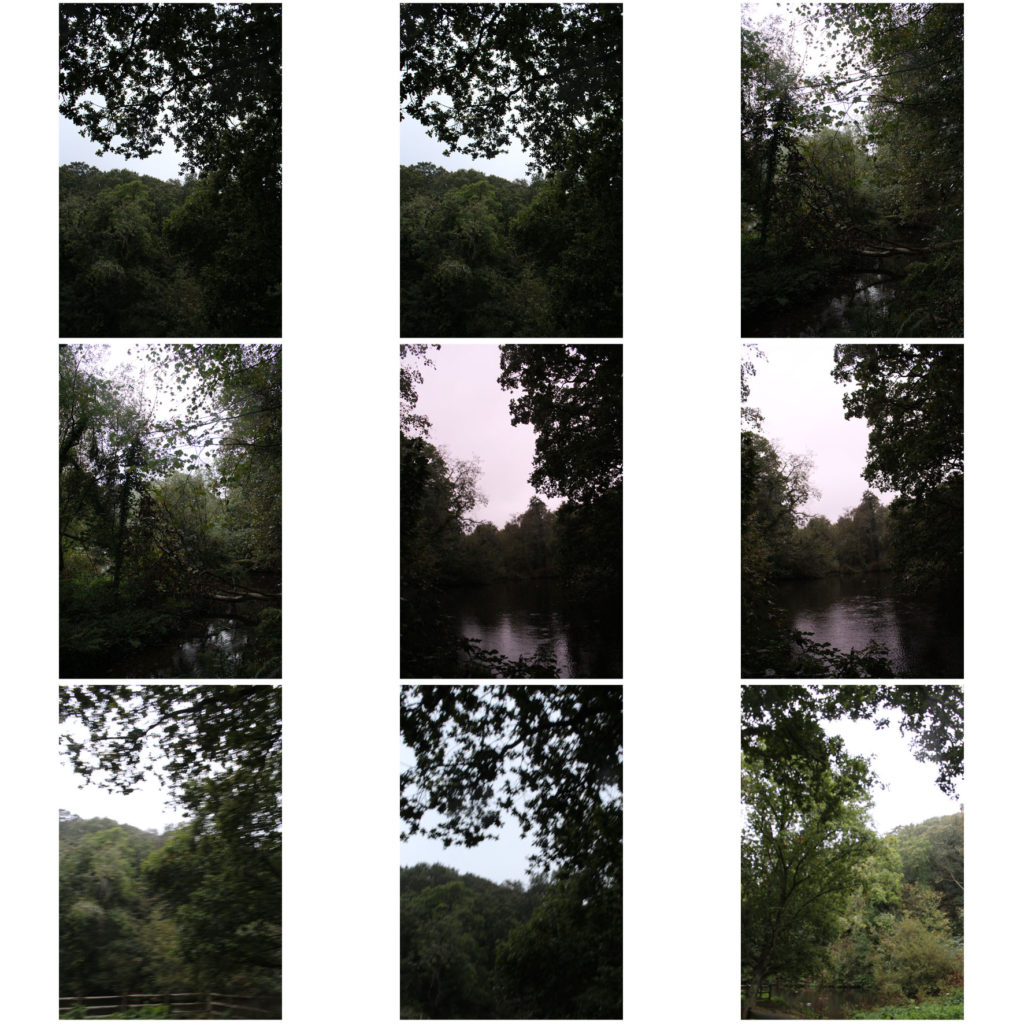
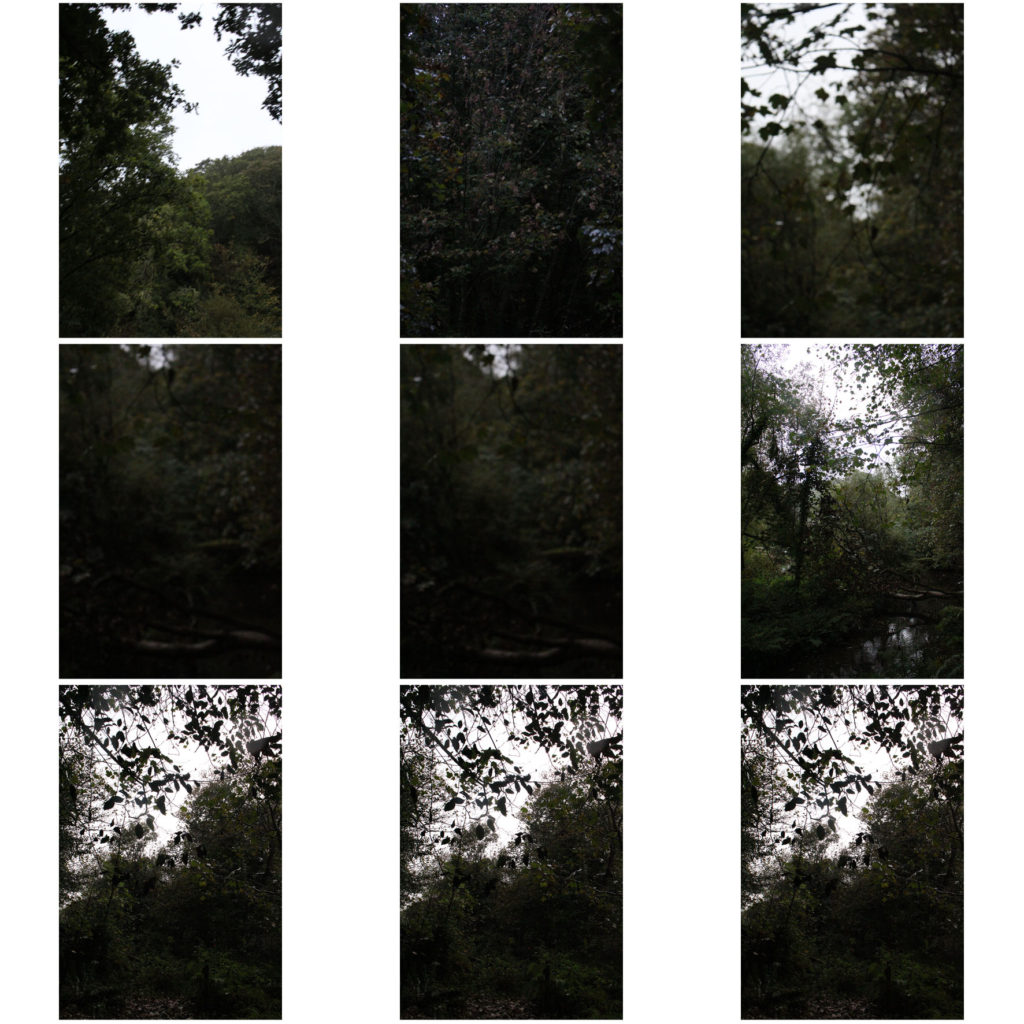
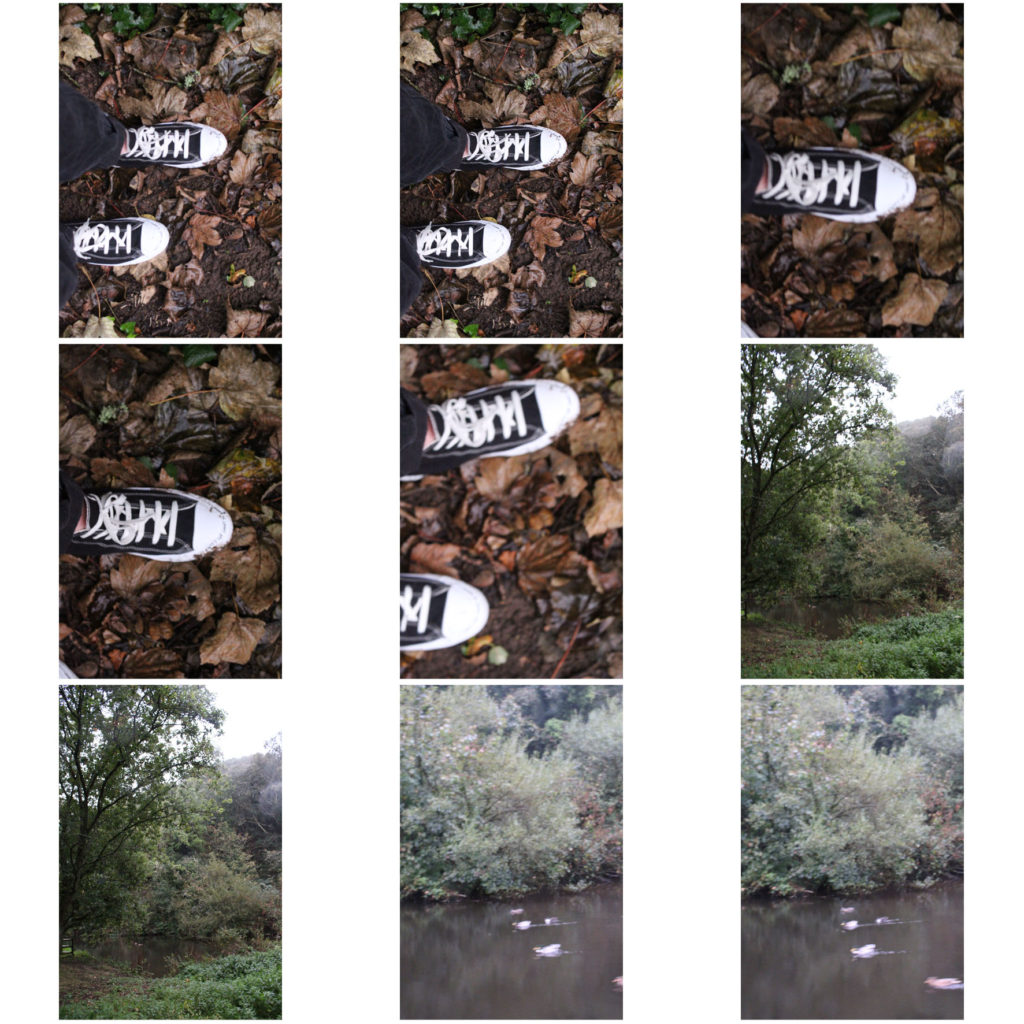
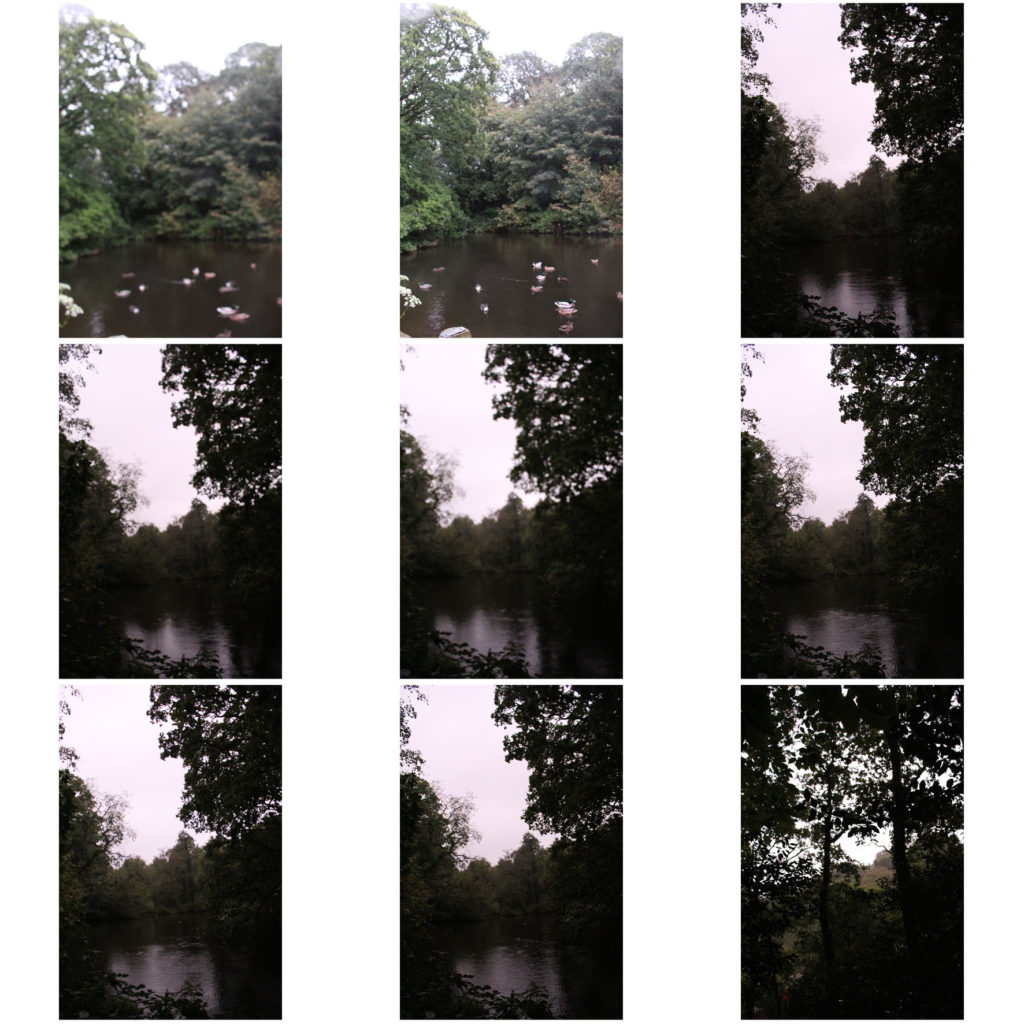
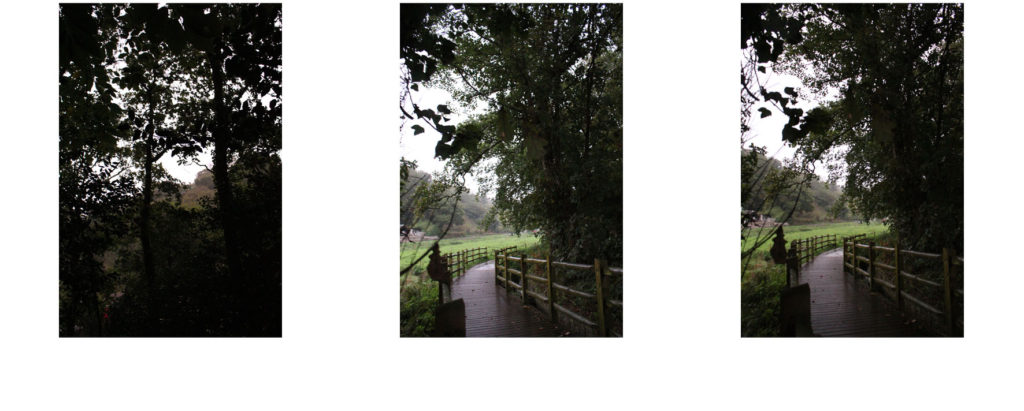
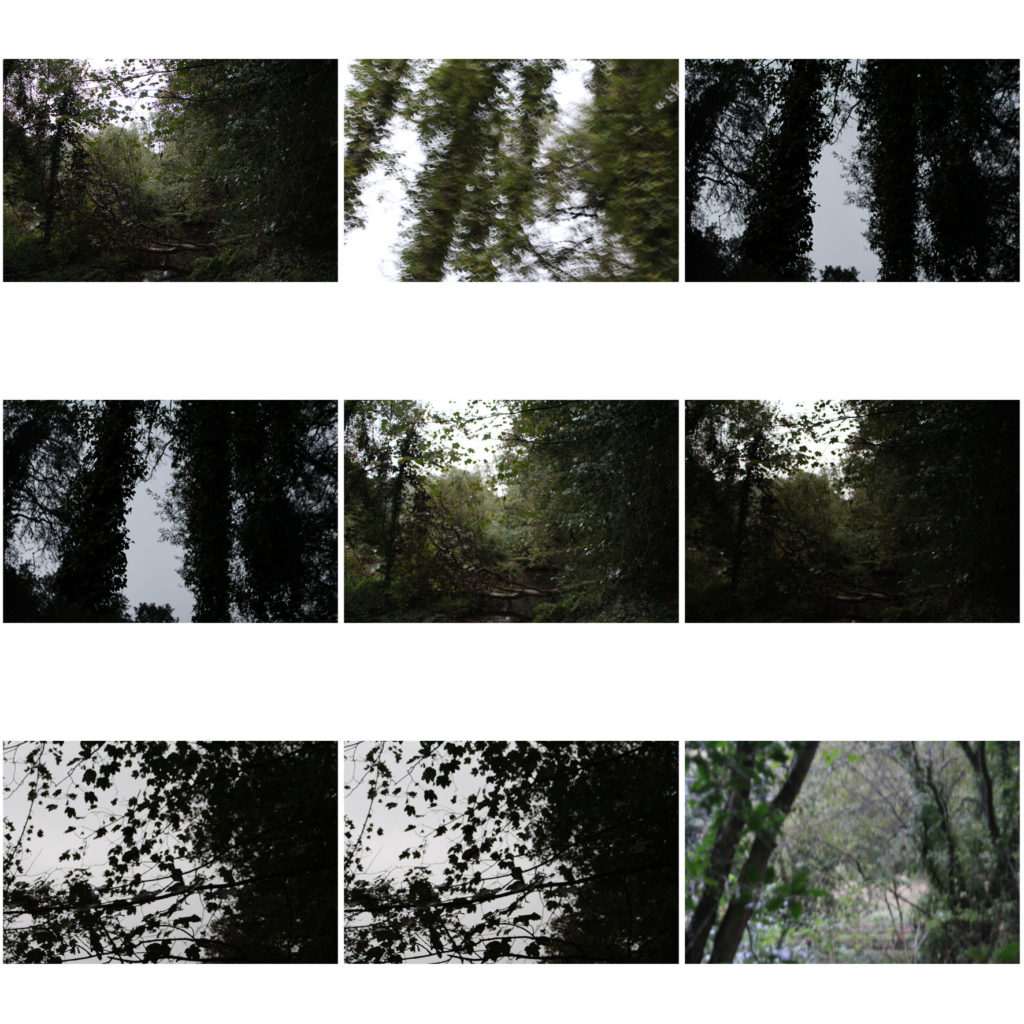

Ansel Adams, was born on February 20, 1902. He had always enjoyed nature, and spent lots time exploring and collecting insects as a kid. Adams was homeschooled for two years by private tutors, his father, and his Aunt Mary.
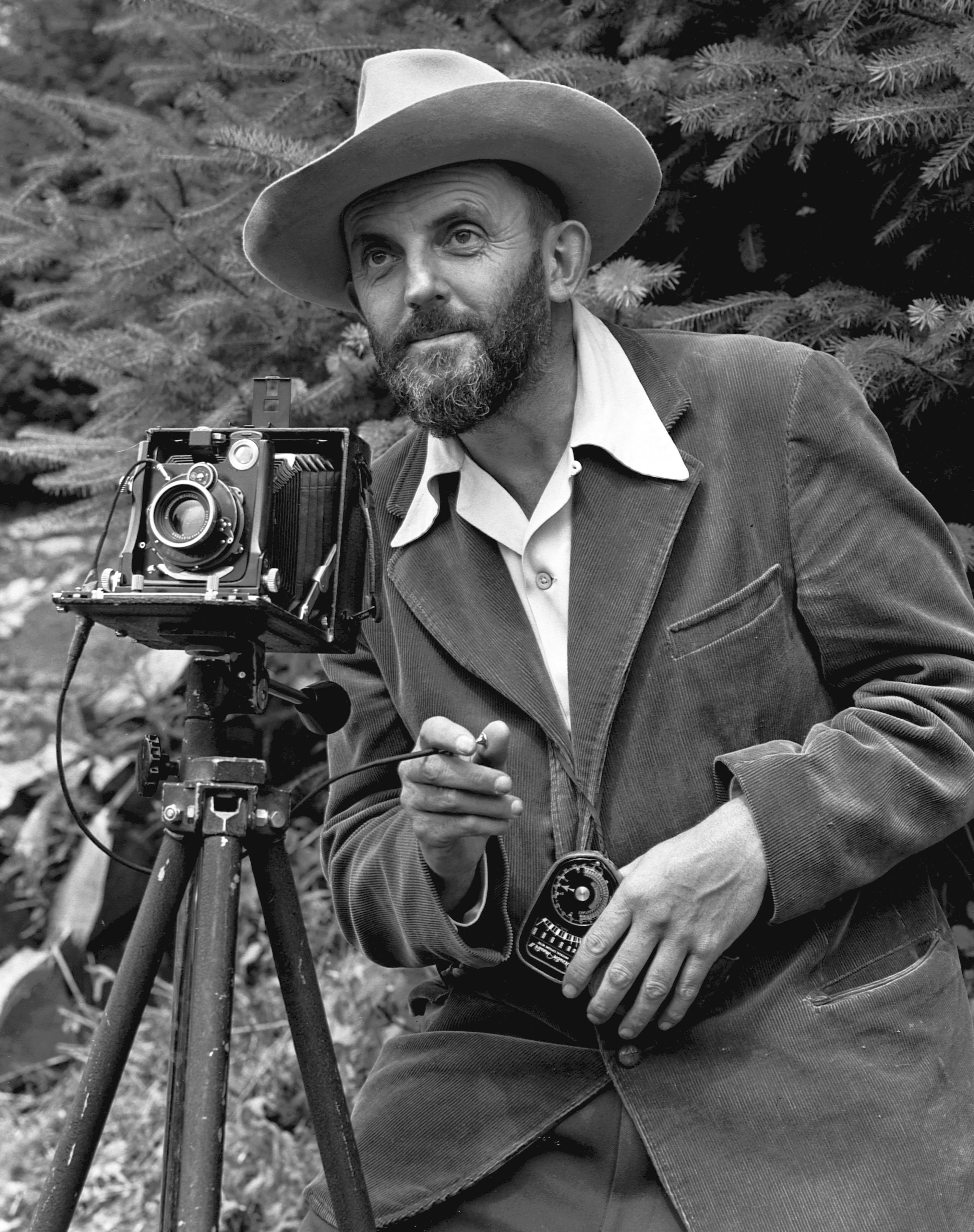
He was influenced by Ralph Waldo Emerson, living modestly and morally, and later, the philosophy of Edward Carpenter inspired Adams to pursue beauty and display it to the world.
His interest was first securely brought on by visit to Yosemite National Park in 1916 with his first camera, a Kodak Brownie box. He continued to visit Yosemite every year for the rest of his life.
He worked on commercial projects for companies such as Kodak, AT;T, and Fortune magazine, and preferred the high resolution of large-format cameras, and as a result his black-and-white photographs of nature became his trademark.
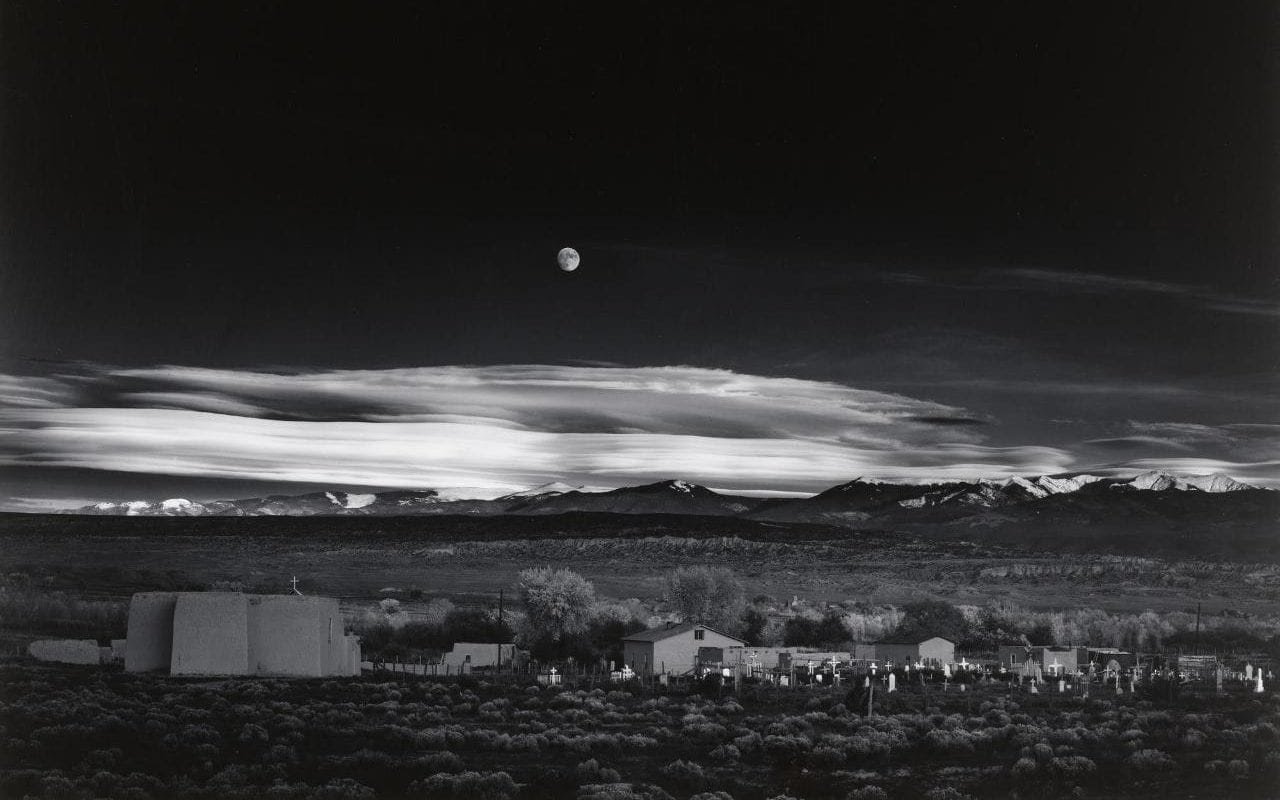
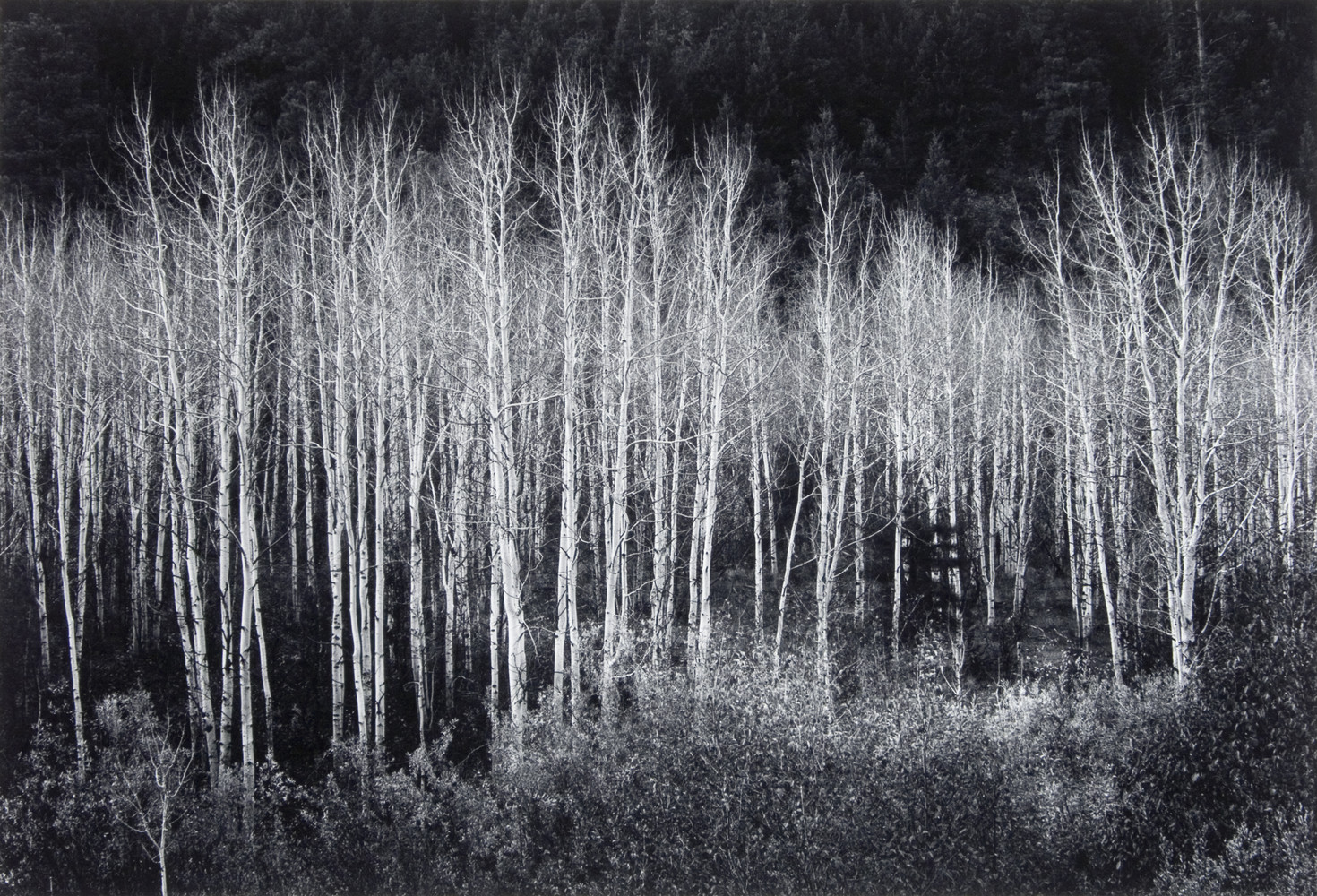
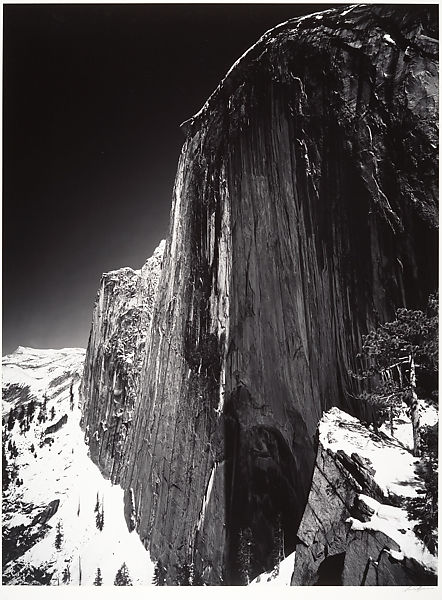
Some of Adams’ most popular works include, Monolith, The Face of Half Dome, Moonrise and Aspens
Adams developed a photography technique named the Zone System, split into 10 sections, was a highly technical guide to controlling the light and dark in landscapes in the most valuable way
Ansel Adams died aged 82 from a heart attack in hospital, in Monterey, California. He worked hard to preserve the wilderness and was a strong environmentalist. Through his life he wrote hundreds of letters to newspapers and politicians, but the legacy of his photographs continue to make an impact.
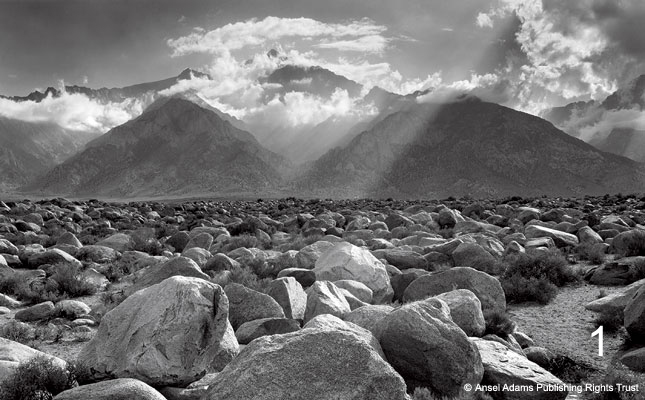
TECHNICAL:
Adams uses natural lighting and a moderate tonal range in this image, creating an overall gray effect, with occasional darker rocks to add contrast. The tonal range highlights the sun rays poking out of the clouds, reflecting off the rocks in the foreground and adding lighter tones. He has most likely used a tripod and a slow shutter speed to capture all the detail and light rays in the image.
VISUAL:
This image has a range of different textures, from the softness in the clouds to the hard lines of the rocks and the sculpture of the mountains. The brightness of the clouds and light rays create a balance throughout the image and fits with the theme of the harmony of nature, definied is Romantasicm.
CONCEPTUAL:
The ideas of Romanticism in art and photography is that nature is beautiful, serene and unpredictable. This is represented in the soft, heavenly light that shines from behind the mountain, which covers over the foreground of the image createing a sense of peace.
CONTEXTUAL:
Adams himself spent a lot of his life in the American West and was inspired by the untouched landscapes and the power of nature among the mountain landscapes. This is represented through the use of his photography, often from his own view, but also going to different heights to capture the best views of the whole landscape.
I have decided to take photos in these places, as this is what MINOR WHITE tends to take photos of, and I feel really inspired to take photos like WHITE. I have decided to take photos at those times, as they have the best lighting and will allow me achieve the best photos, which will be similar to MINOR WHITES.
I am going to use;